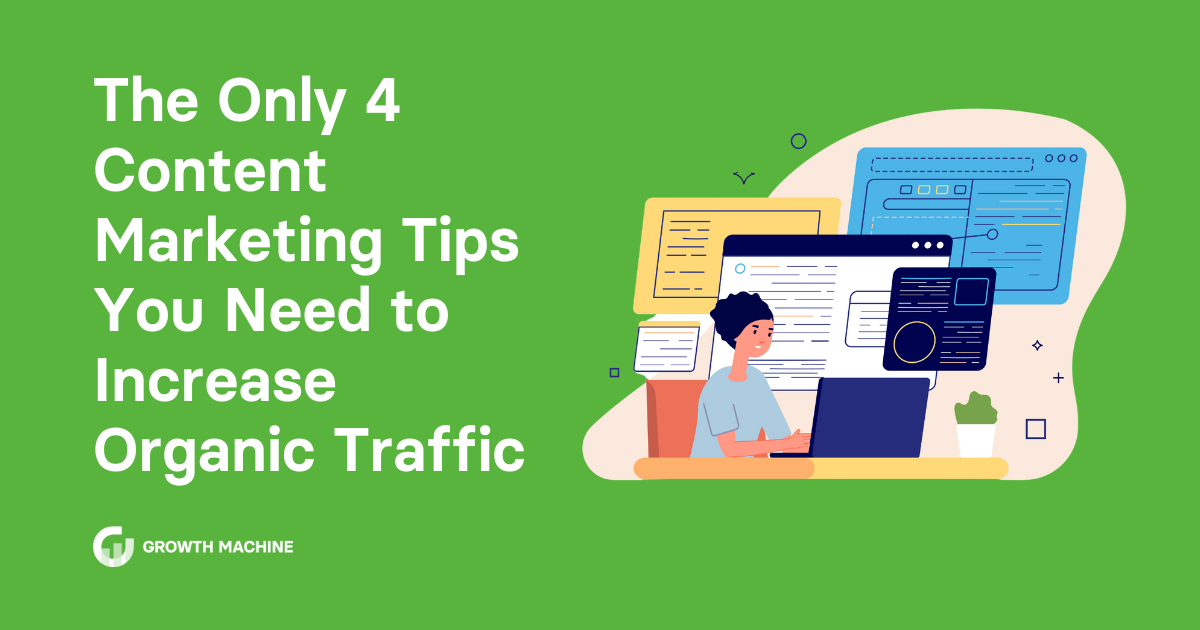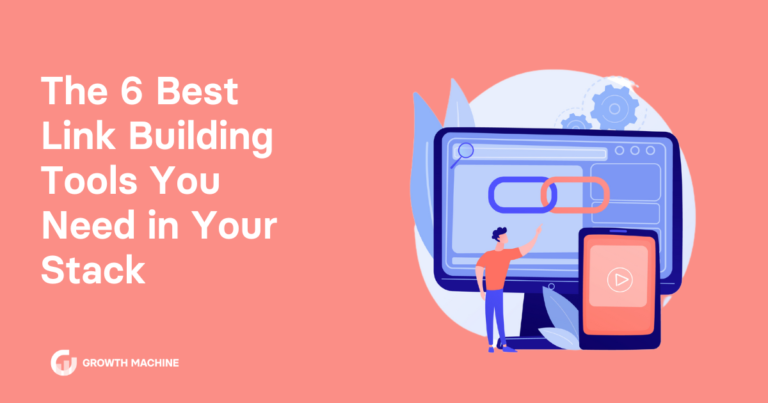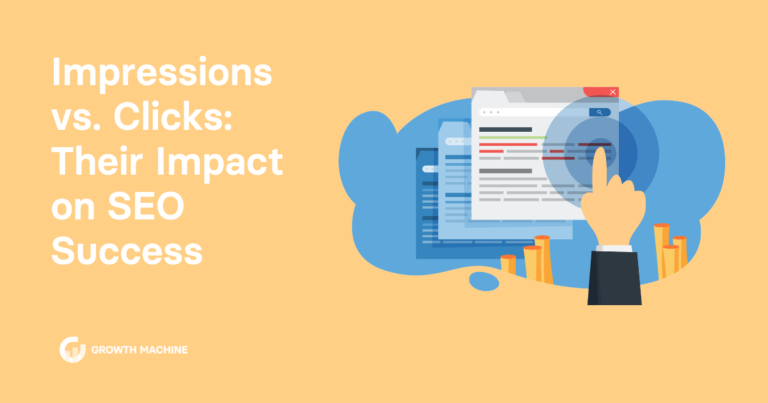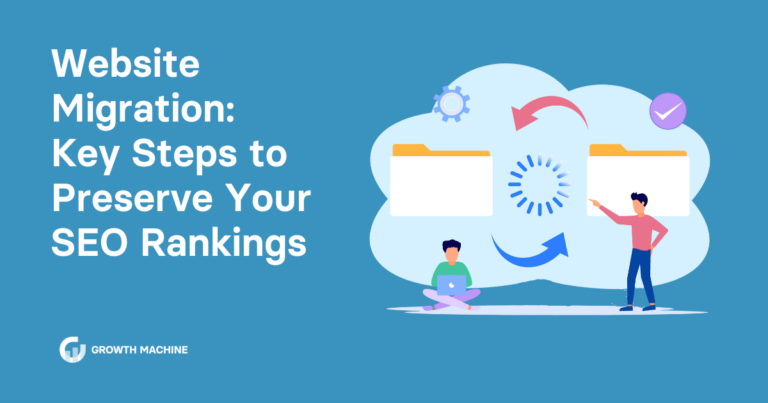The Only 4 Content Marketing Tips You Need to Increase Organic Traffic
If you’re not leveraging content marketing as a sales tool, you may be doing your business a disservice by failing to connect with a large group of potential customers.
Well-executed content marketing engages the power of organic search to position your product or service as the solution to a consumer pain point.
By solving a challenging or valuable problem for consumers, your content not only builds brand awareness but positions your brand as an authority in your category.
As you consistently publish good content, you can build organic traffic momentum to your site and remain top-of-mind with your target audience when they’re ready to purchase. You can build up traffic to your website, establish credibility as a thought leader in your industry, and attract a pool of potential customers that you can then push through the sales funnel.
Below, we offer four content marketing tips that every business owner must know.
4 Content Marketing Tips to Get Traction Online
Maybe you want to launch your first content marketing strategy but don’t know where to start. Or perhaps you want to build more rigor into your overall digital marketing plan by strengthening your content marketing efforts. Beginners and seasoned marketers alike can increase brand awareness and drive sales by implementing these four essential content marketing tips.
1. Get Crystal Clear About Your Buyer Persona
Before you start writing, you need to clarify who you’re writing for.
In other words, you need to develop a target marketing persona to identify key demographics of your audience, as well as their wants, needs, and pain points. Sometimes, companies go as far as creating a customer avatar — a fictional character who represents the ideal consumer for your products or services. That way, you ensure your types of content speak to potential customers — not just readers.
Defining your buyer personas and painting a clear picture of who you’re selling to will influence many facets of your content strategy, including:
- Your content plan: Knowing your target audience helps predict the questions they may ask Google, which should be the starting point for your content plan. That way, you can write long-form, high-quality content that contains information your target customer is looking for.
- Your tone and voice: Are your customers serious, or do they enjoy the occasional pun? Do they enjoy reading long paragraphs, or do they prefer scannable content with bulleted lists? Your target customer persona will determine how you speak to end readers online.
- Your call-to-action: Does your company have a longer sales cycle, where you need to nurture leads through the sales funnel? Or, is your product rather simple in nature, and you hope to acquire new users through a single post? Understanding your audience will determine whether you use a harder-hitting CTA (like encouraging a purchase) or a softer ask (scheduling a demo or additional recommended reading).
2. Set Specific Objectives
Before you start investing in keyword research or writing landing pages, you need to get clear about your goals. Setting objectives early on will help you make strategic decisions from the onset and determine how you launch your content marketing strategy.
For example, if you’re in the early stages of business, you may want to build brand awareness and drive traffic to your website. In that case, a content plan focused on high-competition, short-tail keywords will establish domain authority and a foundation for future content. On the other hand, if your goal is to boost conversions, you will steer your content marketing efforts toward phrases that imply a stronger purchase intent, targeting long-tail keywords with lower competition.
Keeping an eye on your goal will also make it easier to determine:
- Whether to hire help: You may find that your internal team does not have the bandwidth, technological expertise, or connections to reach your goals in a reasonable time period, so you’re better off hiring an SEO strategist.
- Whether to invest in a link-building strategy: Publishing great content is only one step in moving up the ranks in Google. To reach your goals quickly, you will need to improve your domain authority by earning backlinks from other websites.
- How to set up your content calendar: Publishing consistent, high-quality content signals to Google that you own a reputable website. Depending upon your goals, you might establish a rigorous posting schedule (8-12 posts per month) or a lower cadence (4-6 posts per month).
3. Repurpose Existing Content on Other Platforms
Publishing consistent, long-form content takes time and resources. Therefore, you want to ensure you’re working smarter, not harder — remembering that content repurposing and optimization are always easier than content creation.
One of the best things you can do for your content strategy is to repurpose existing content into additional pieces of content. For example, if you write a blog post, break that post apart into three LinkedIn posts. Or, write a snippet for your email list or a PPC campaign. Finally, transform each section into a slide deck, host a virtual webinar on the same topic, and advertise that event in email marketing outreach. You get the idea: Suddenly, one content piece becomes several pieces of content.
Refurbishing content doesn’t just save time and effort, it also:
- Gets new eyes on your best content: Your audience grows over time. Therefore, a reader who lands on your blog or joins your newsletter today missed your previously-published best work. Repurpose your content by sharing across social media posts to ensure it reaches your new audience.
- Meets your audience where they are: People absorb information differently. Some digest content through podcasts and webinars. Others prefer quick infographics or social posts. Publishing content across multiple channels ensures that it’s consumed in a variety of formats.
- Builds a library of evergreen content: Without a concrete content plan, you risk writing content based on current events — i.e., content that might be obsolete in a year. Revisiting, revising, and optimizing old content ensures it stays relevant for years to come.
4. Find (and Fill) Competitor Gaps
If you’re new to creating a content marketing campaign, don’t forget to look at your competitors for inspiration or insight.
How do your competitors drive organic traffic to their websites? What are they doing to rank on SERPs? Are there any gaps in their digital marketing that you could fill, thereby serving as a trusted resource to new customers?
Creating a competitive, successful content marketing strategy can be done in a number of ways, including:
- Addressing unique pain points: Many times, beginner content strategists focus on highly competitive keywords to serve as a baseline for content. However, to fill in competitor gaps, you need to get granular about customer pain points, thinking of unique use cases for your product or service.
- Comparing direct competitors: Each time a potential customer types your competitor’s name into a search engine is an opportunity to capture their attention. Write a direct side-by-side comparison of your features and benefits and how your solution is better suited to solve the reader’s needs.
- Curating case studies: Writing a thought leadership-style round-up is great, but you also want to prove you can solve a client’s problem. When publishing new content, write about past success stories and include client testimonials that show how you strategically provided solutions to address their issues.
Launch Your Content Marketing Strategy With Growth Machine
Done well, content marketing captures new audiences online. To help reach new buyers (not just readers), you want to know your target audience, set objectives early on, repurpose content, and fill in competitor gaps.
All of the above takes time, technological expertise, and connections — which an internal marketing team might not have. To accomplish your goals in a reasonable time frame, consider hiring an SEO agency.
At Growth Machine, we’ve helped companies go from 0 to 150,000 visitors in just 8 months and increase organic traffic 6,000% in a little over a year. To see how we can build a custom content marketing strategy to scale your organic traffic, contact us and we’ll get back to you within a day.






